|
The wilderness and the dry land shall be glad,
the desert shall rejoice and blossom; like the crocus it shall blossom abundantly, and rejoice with joy and singing. Isaiah 35:1-2 Loud are the bells of Norwich and the people come and go. Here by the tower of Julian, I tell them what I know. Ring out, bells of Norwich, and let the winter come and go All shall be well again, I know. Love, like the yellow daffodil, is coming through the snow. Love, like the yellow daffodil, is Lord of all I know. ` All shall be well, I'm telling you, let the winter come and go All shall be well again, I know. Sydney Carter, Bells of Julian We haven't gotten to the yellow daffodils yet, but we have yellow crocuses. Monday these crocuses were under a mound of snow. Today the sun shone, the temperature inched over 40 degrees, the crocuses flung themselves open, and the bees rushed out from wherever bees hide for the winter, loading themselves with pollen. And the snowdrops that were flattened and, I thought, finished a week ago, sprang back up and spread their petals wide. All March there has been a repeated refrain of snow at the beginning of the week, then warming and melting and the crocuses and snowdrops timidly opening, only to be covered in another snowstorm. And yet they are still here -- the epitome of perseverance, letting the winter come and go. The Julian in the song is Julian of Norwich, a medieval English woman mystic and anchoress. Last year during Lent I read her Showings, and around Easter I posted several stories related to her insights, and the well-known quote, "All shall be well and all shall be well and all manner of thing shall be well." (Click on Julian in the list on the right, scroll to the earliest entry at the bottom and work your way upwards, if you want to read these.) "All shall be well" can sound like a too-easily-rattled-off line, but Julian wrote out of awareness of great suffering, and this message was given to her as she wrestled with her questions and wonderings -- and her deeply felt knowledge that God is Love. Daffodils -- or crocus -- in the snow, winter coming and going, the messiness of spring and of life generally -- Julian's words come from wrestling with the paradoxes. I hadn't heard the song I'm quoting, Bells of Norwich, before last week, when my son sent me this clip in response to one of my blog postings. A friend of his is using it with a children's choir for Easter. It fits well with this time of year, at least here in northern Indiana, in the earliest stages of spring. (The song starts at 2:00 minutes, if you want to skip the pre-song chatter.) A little sunshine works wonders. Saturday the sun shone on the huddled crocus from my last post, and this was the result -- Easter eggs. Now today they are covered with snow again, so I don't know if they will actually last until Easter, but they were a nice splash of color before the snow fell.
I spent Saturday morning leading a retreat for Assembly and Assembly North, drawing together some of the themes of Lent -- being a beloved child of God, from Assembly's work with shame and healing, and Extravagant Living, Reckless Grace, the theme from Assembly North. I provided written and sensory resources for three areas: In a Dry and Weary Land; Coming to our Senses; and All-surrounding Grace. The retreatants had an hour and a half block to spend time alone with God, praying, using their senses, reflecting. One retreatant enthusiastically showed me his discoveries afterward. He had chosen to spend time with a dried fig leaf, gazing at it closely, drawing it and letting it speak to him about a dry and weary land. These dry fig leafs are definitely dessicated and crumpled, but they have their own sculptural beauty. He went on to put the stem of the leaf in a small pitcher of water, where it soaked up enough liquid to soften it just enough that he could gently spread it open. The sun was streaming in the window just beside him and he discovered that the dried leaf, seen in sunlight, had a jewel-like beauty. And when held at just the right angle in the sunlight, it was full of an inner fire. What a beautiful image of the transforming power of grace! The spring equinox, so today we are standing on the threshold between fall/winter and spring/summer -- and today was a day that held glimpses of both. As I walked across campus this morning, I heard the soft cooing of a mourning dove, a forerunner of the summer days ahead. The sun slid between puffy clouds of gray, sending a welcome shaft of sunlight across the bare trees ahead of me -- and when I looked towards the east, I discovered a gauzy veil of dancing snowflakes. They were hardly visible when I looked west, except for an occasional large flake that caught the light. And then there was the windchill that took the temperature down into the teens. Huddled in my winter coat and scarf, I felt a kinship with these early purple crocuses, and their decision to stay furled this morning. In a south facing bed, the yellow and white crocus were cautious, but started to loosen up as the sun touched them, and later brought a welcome touch of golden light. The photo of the snowdrops is from a warmer day last week. I took it just in time -- they are pretty much done now. I wanted to commemorate my delight in their nearly two months of blooming, hidden again and again under snow and yet still standing. There's also a touch of summer in this photo. A bee scrambled headfirst into one of the blossoms and if you look closely, you may be able to spot where it's hiding.
Adjusting to the change back to Daylight Savings Time may be a nuisance, but early evening sunshine is a joy, and creates some fascinating light and shadow play in the corner of our living room.
We are obviously in the midst of March. Yesterday I was marveling at the way the daffodil stems had come up several inches over the weekend, and the way the crocus in my window well were starting to show colors. Another warm day and they might have opened up. Instead they are covered with a snug blanket of snow. I've had to look to grocery store flowers for my color. I'm not even sure what these are -- some kind of mum, perhaps. I'm delighting in their purple and green fire. And for contrast, a scene of snowy footprints after an early dusting of snow -- with an overlay of flower-like pawprints.
Then Jesus told this parable: "A man had a fig tree planted in his vineyard; and he came looking for fruit on it and found none. So he said to the gardener, 'See here! For three years I have come looking for fruit on this fig tree, and still I find none. Cut it down! Why should it be wasting the soil?' He replied, 'Sir, let it alone for one more year, until I dig around it and put manure on it. If it bears fruit next year, well and good; but if not, you can cut it down.'"
This Luke 13:6-9 passage was in the lectionary readings for last week, and our focus for worship at Assembly North this past Sunday. I led worship, and wanted some visuals, but it isn't the season for fresh figs in northern Indiana, even in the grocery stores that seem largely unaware of seasons. But I knew that one of us, Rachel, had been trying to grow a fig tree. I saw it in a large pot at her home several years ago and wondered if she might be able to bring it. As it turns out, she transplanted it to their greenhouse two years ago and it was too big to bring. After several years of barely surviving in the house, it is now thriving -- last year they had several dozen figs from it. It is bare at this time of year, of course, but with excellent timing, she was planning to do some pruning that very week. For Sunday, I brought dried figs for people to see and taste. Rachel brought a handful of pencil-thick cuttings that could be used to start a fig, a bag full of dried leaves that she had gathered from under the tree, several six foot long branches, and a jar of fig jam. Dried leaves and bare branches sounds dull, but I found their sculptural shapes so fascinating that I brought several home to spend more time with. Here are a few photos -- I'd like to do some sketching and reflection on these signs of past and potential fruitfulness. In Nature as Spiritual Practice, Steven Chase describes a practice of "Attention as Contemplative Reawakening," (p. 24). He suggests identifying an object or location in nature that attracts your attention, and then giving it your awareness -- looking, listening, smelling, touching, drawing on your memory, imagination and intuition, studying it over several days, and each time trying to become aware of some aspect of it that previously escaped your attention, noticing the variations and subtleties over time.
Coincidentally (or perhaps not), I have been doing that over the past couple weeks with two geraniums in my living room, fascinated by the different ways they catch the light, and the ways the petals unfurl, and what I discover through the camera lens. With another practice, Chase suggests the following step: As you are ready, let your senses and awareness enfold your object up to--and perhaps beyond--the point at which your awareness comes up against something "more" in nature than the material/ecological, something you can call mystery or wonder. Allow the mystery to unfold in you. Notice where your consciousness rests: with attentiveness, with mystery, or somewhere in balance. p. 44 |
My approach to contemplative photography --
"Pay attention. Be astonished. Tell about it." Mary Oliver in "Sometimes" Archives
August 2020
Categories
All
|
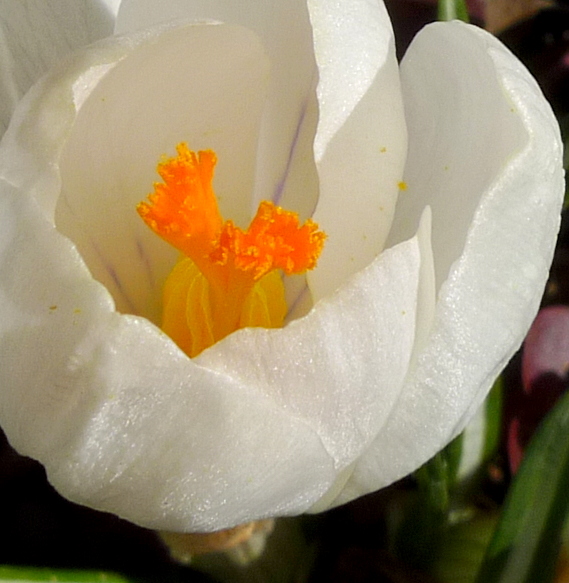
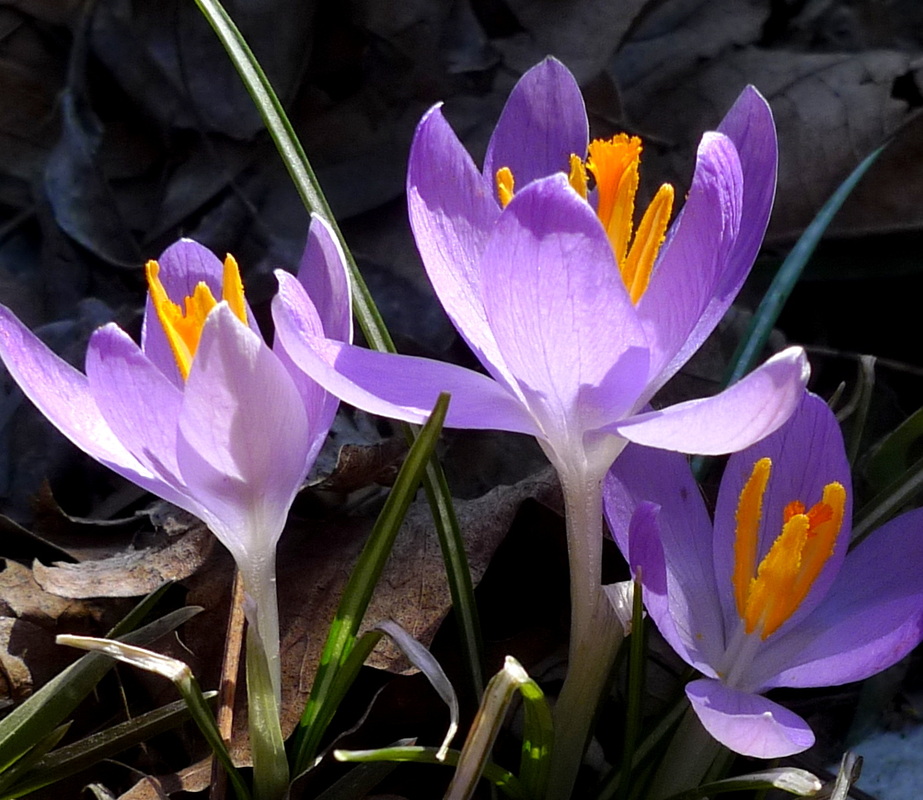
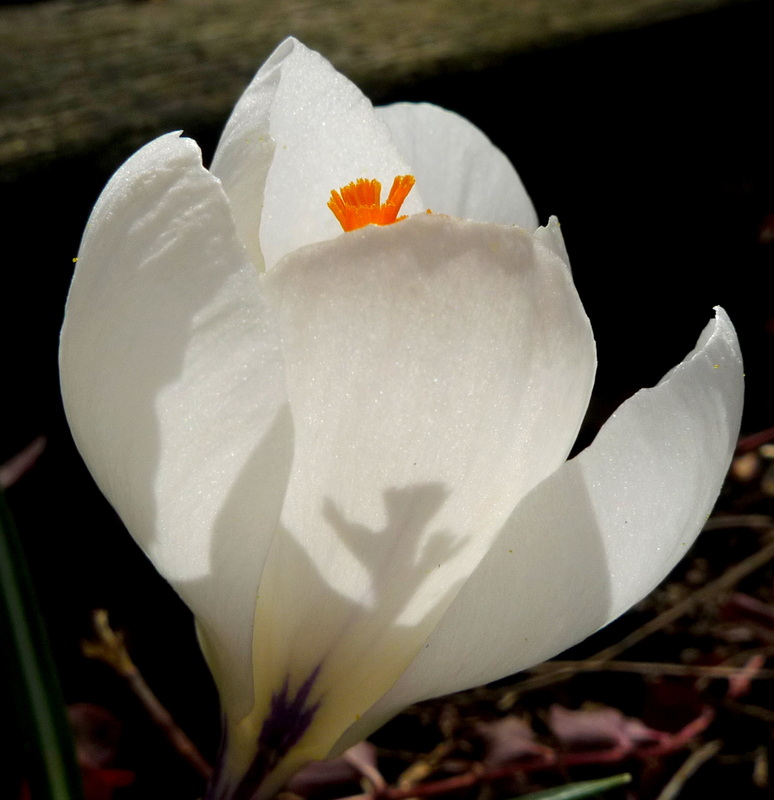
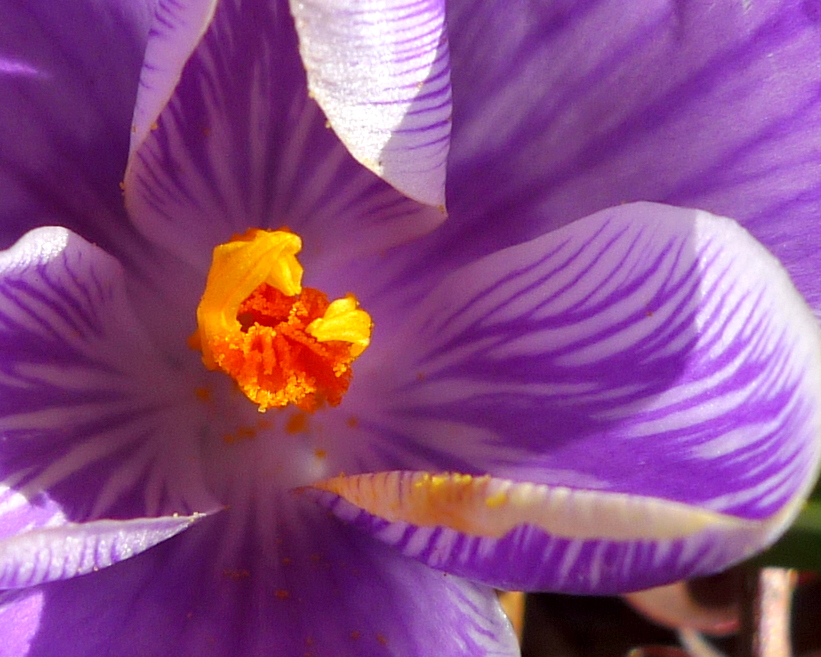
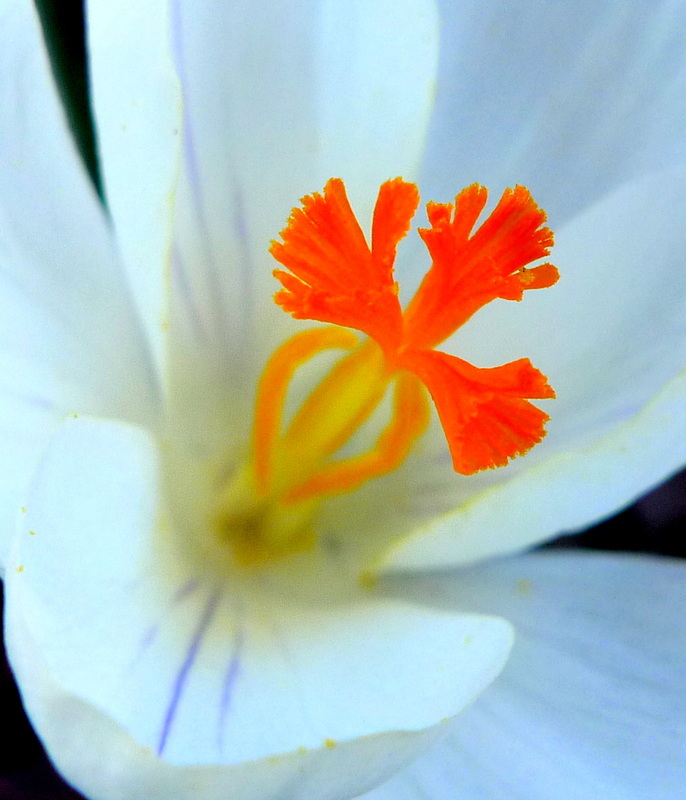
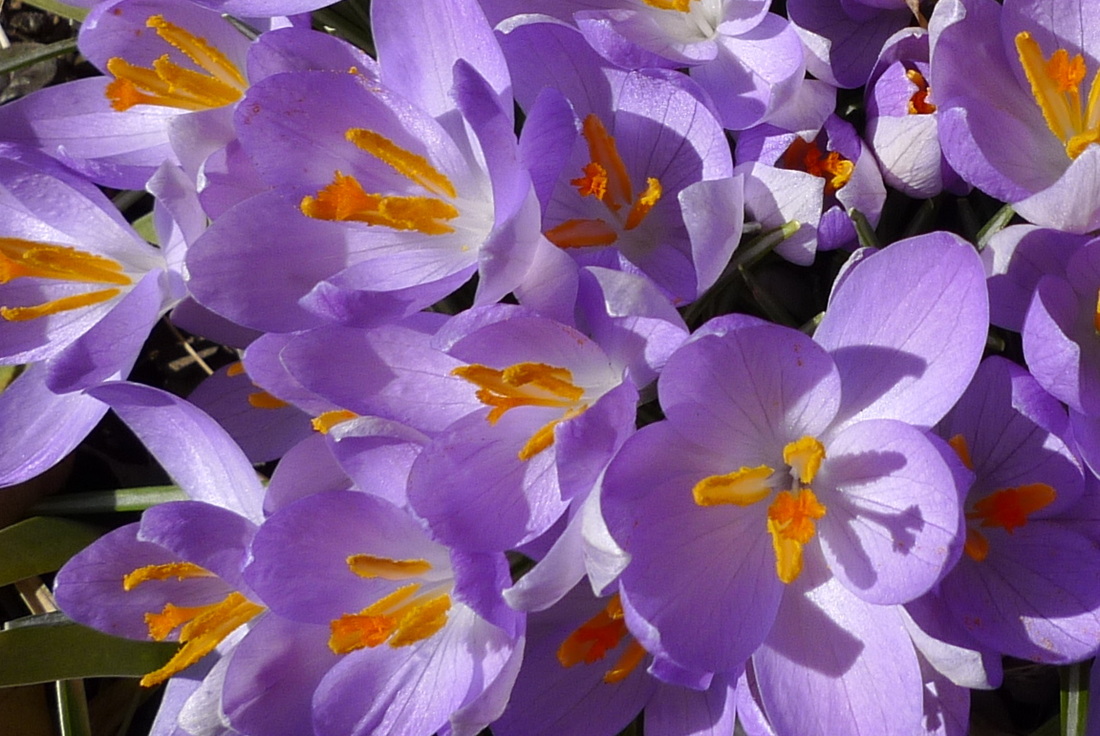
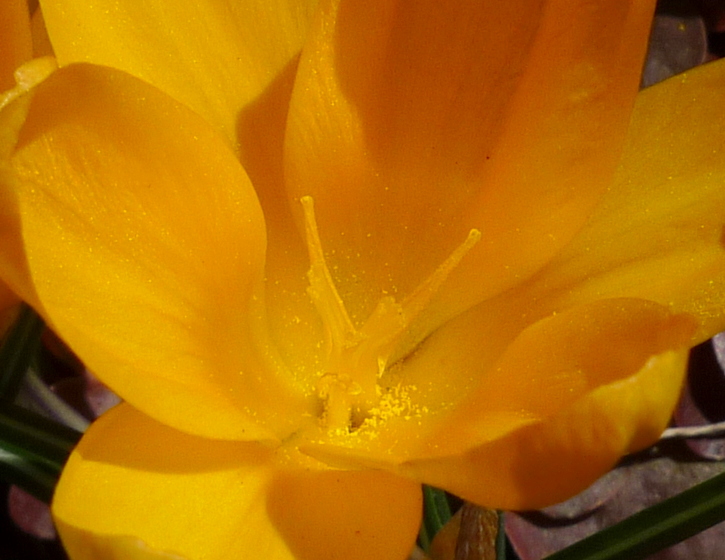
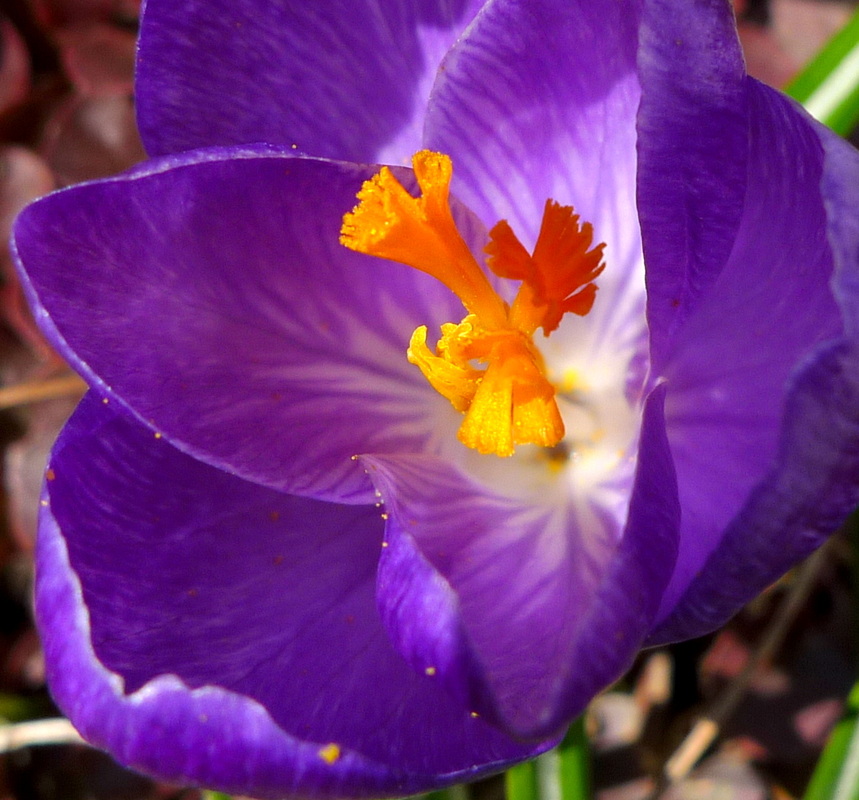
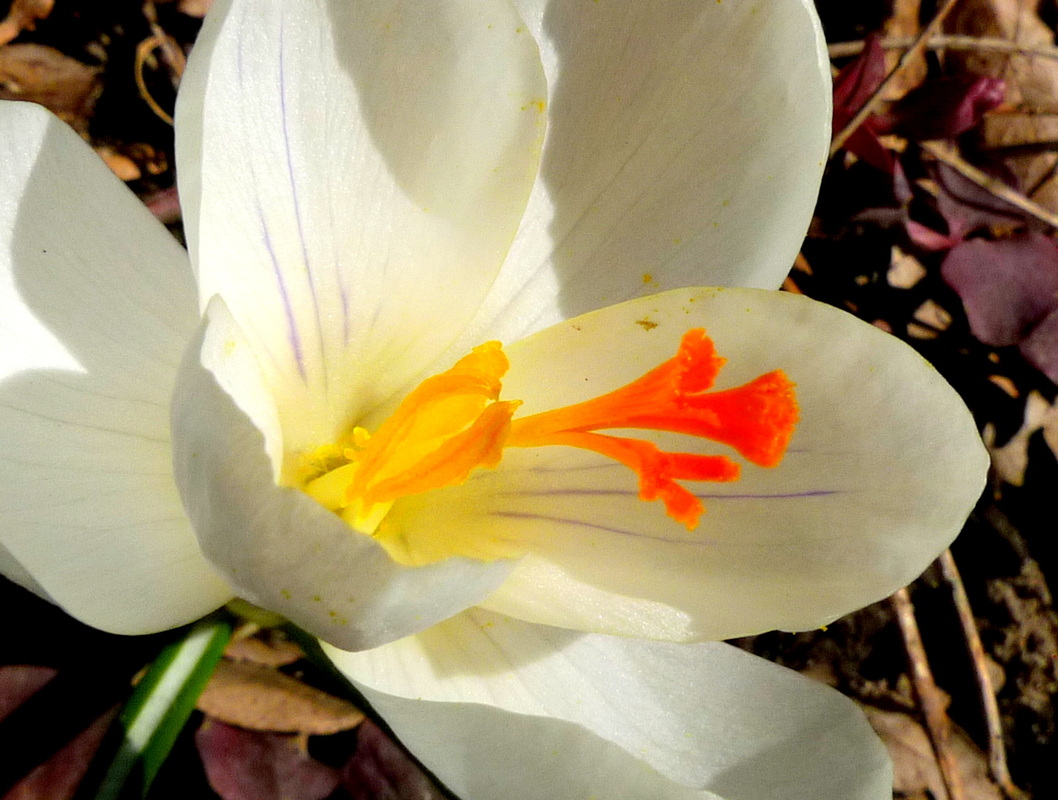
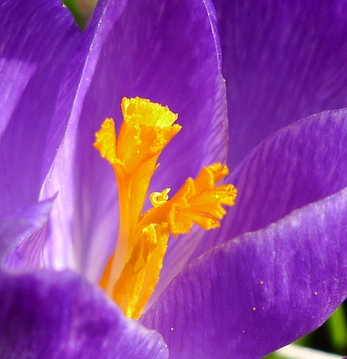
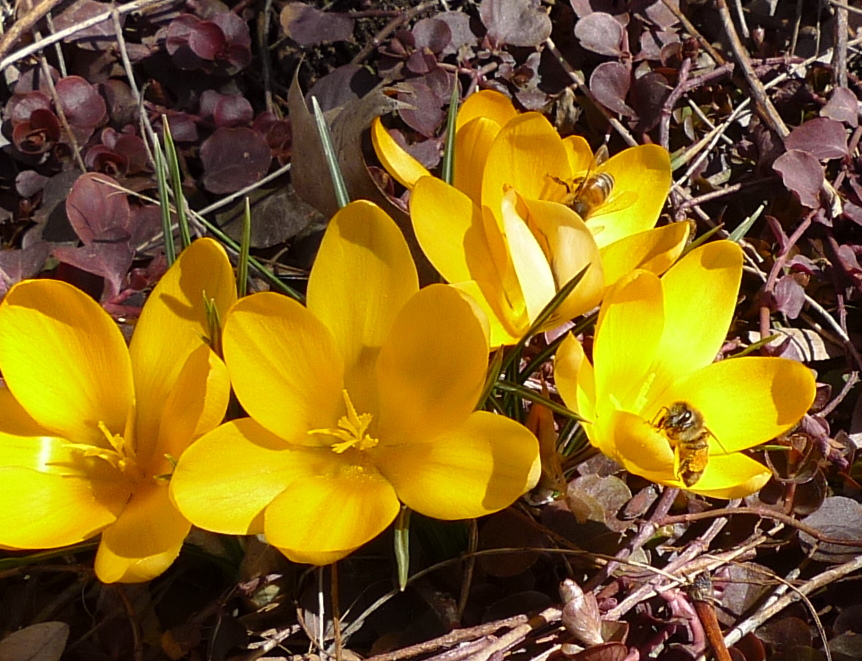
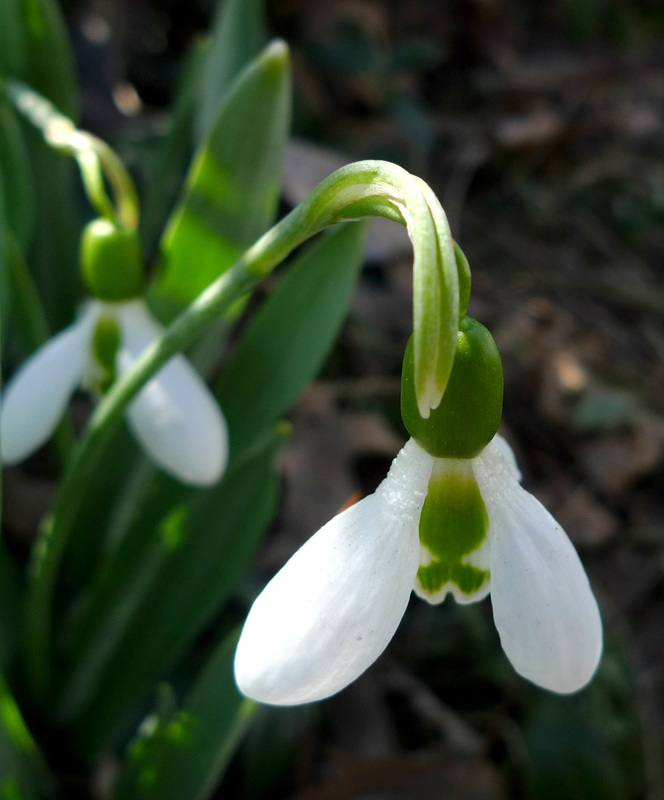
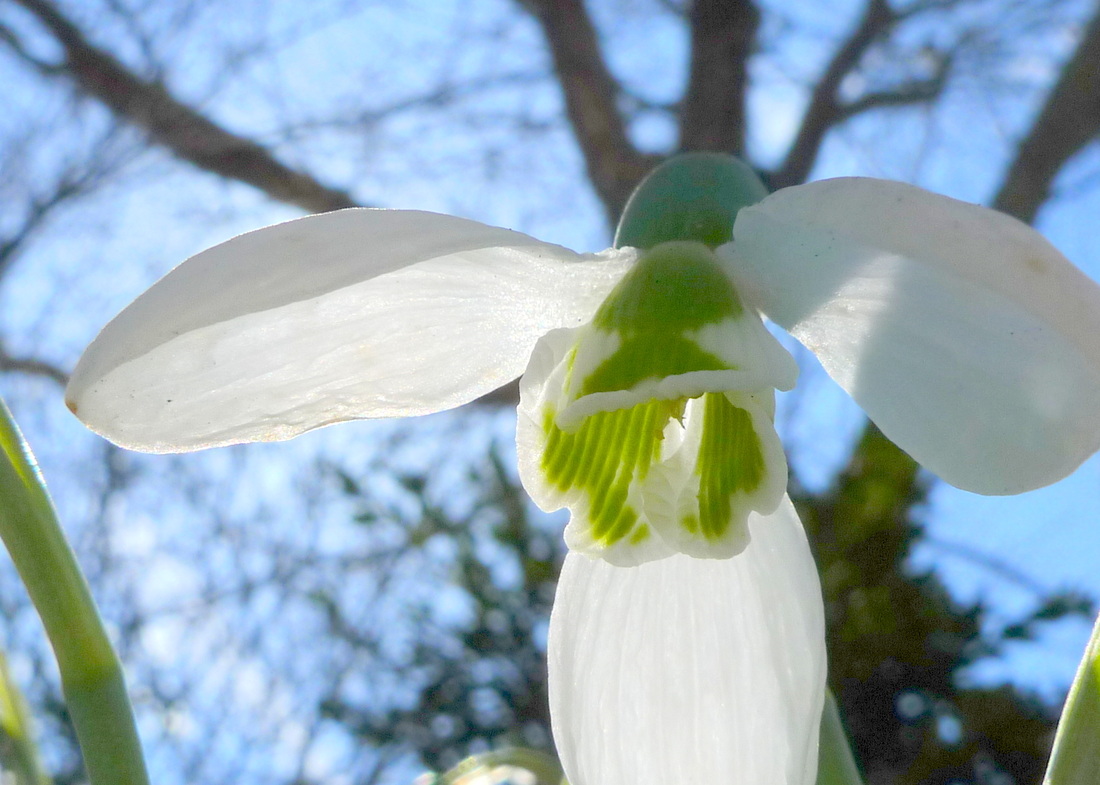
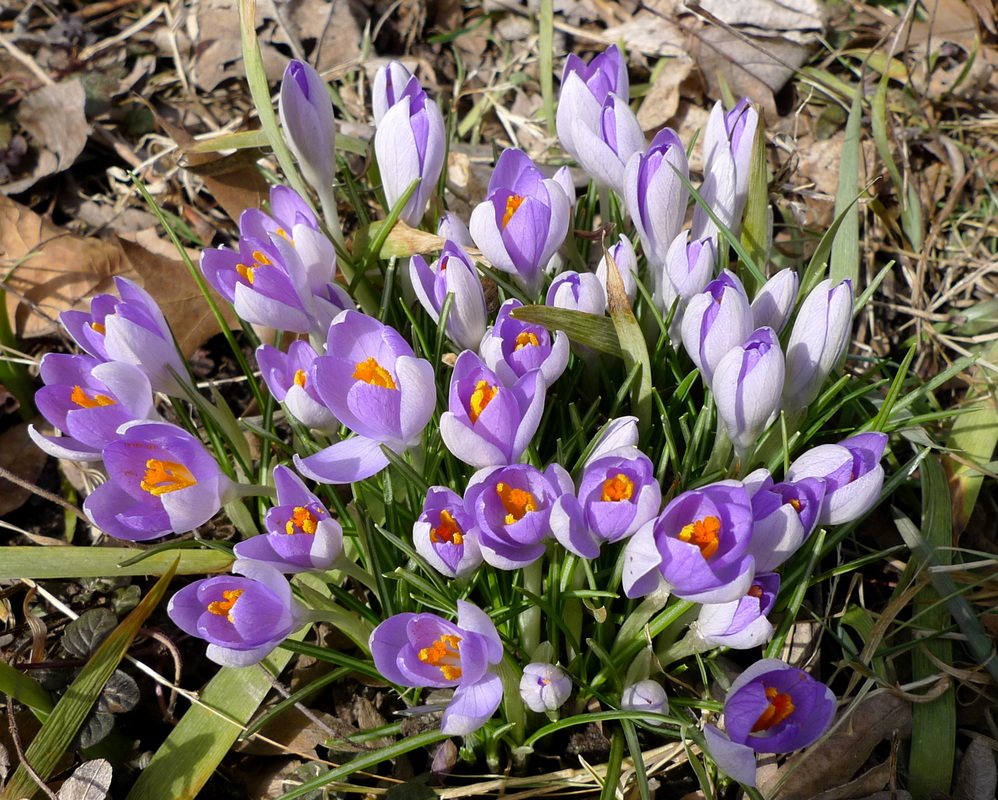
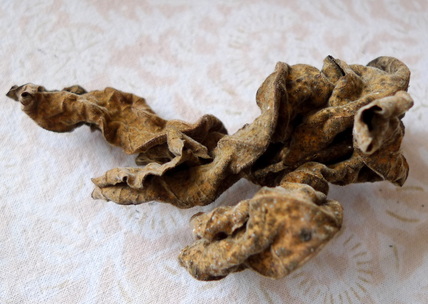
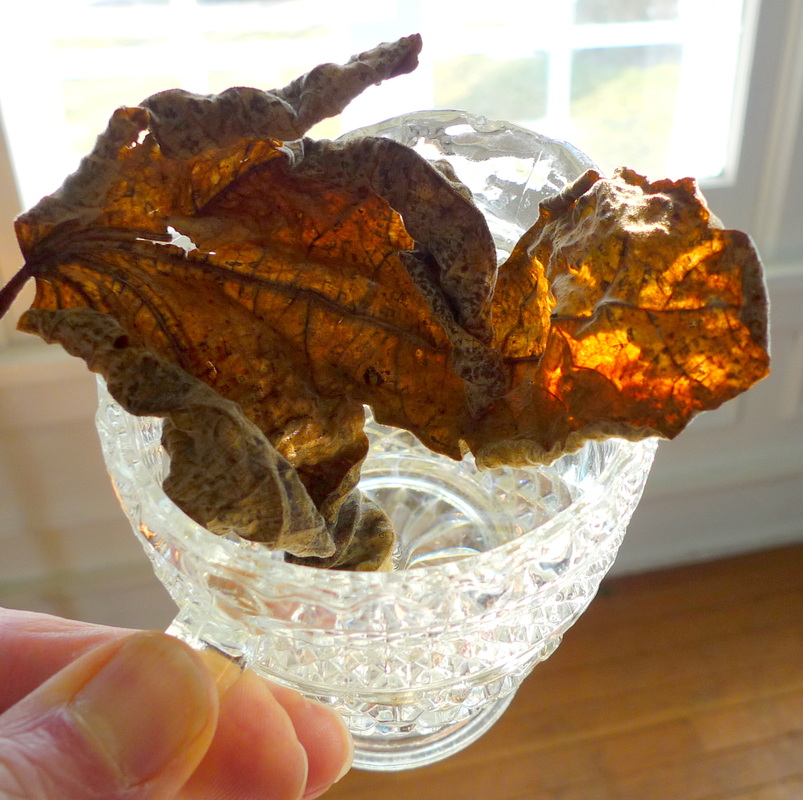
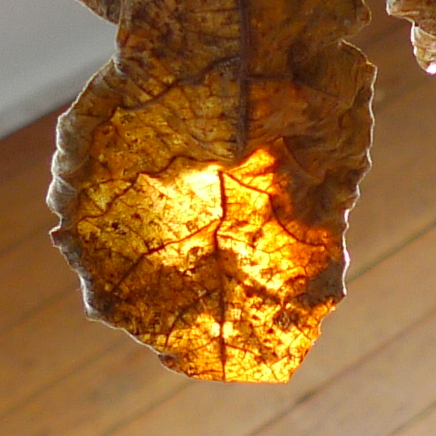
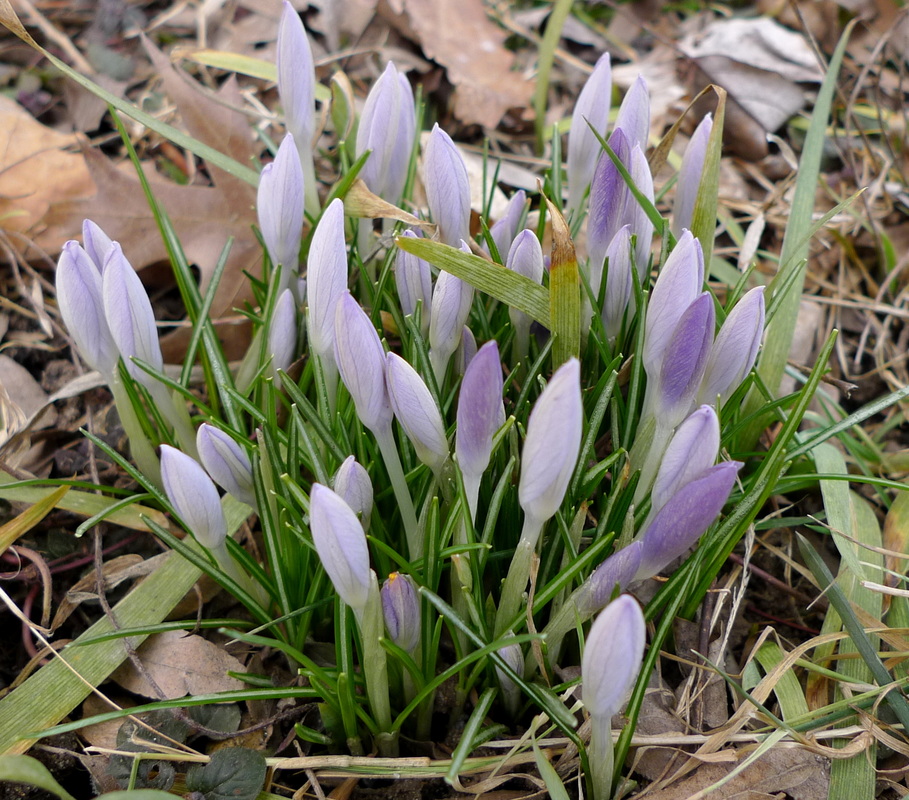
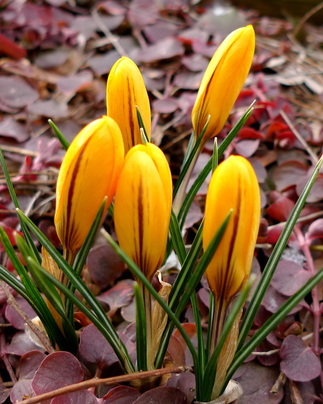
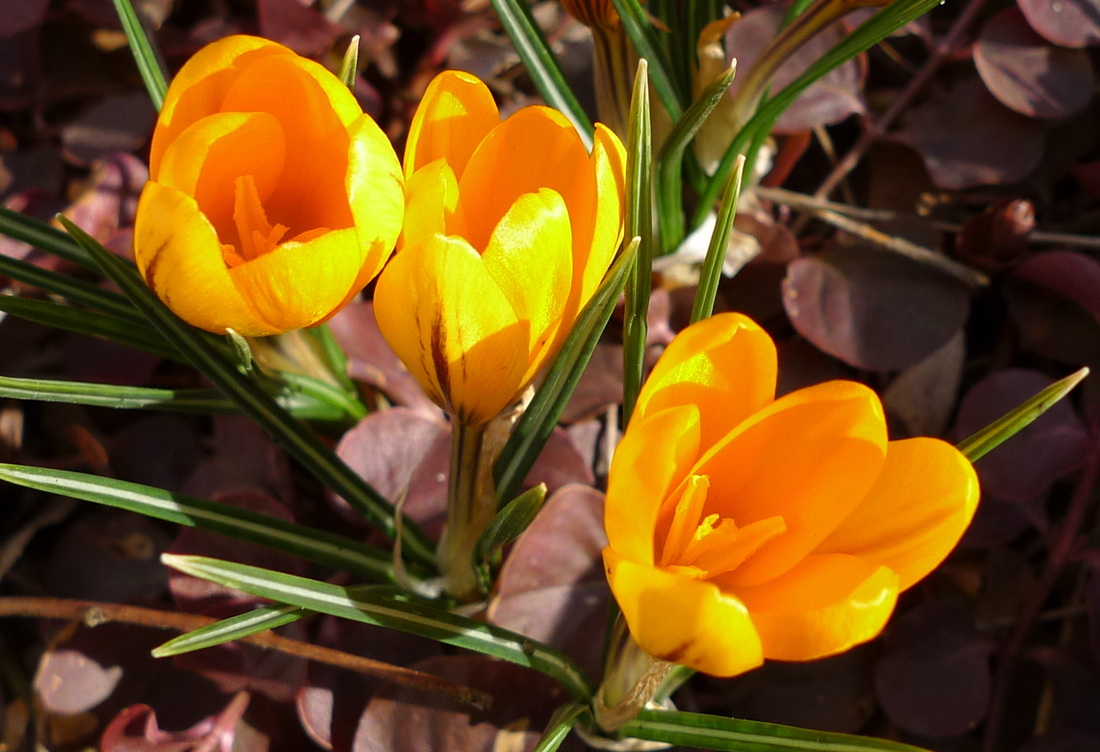
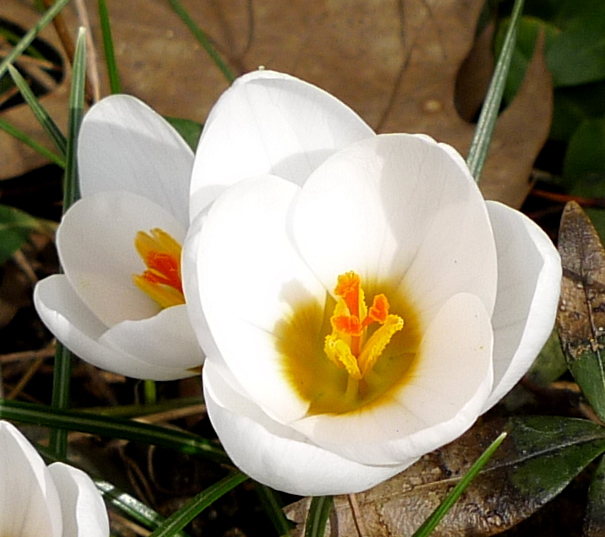
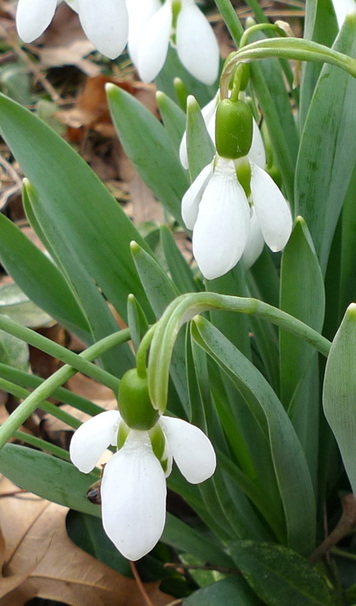
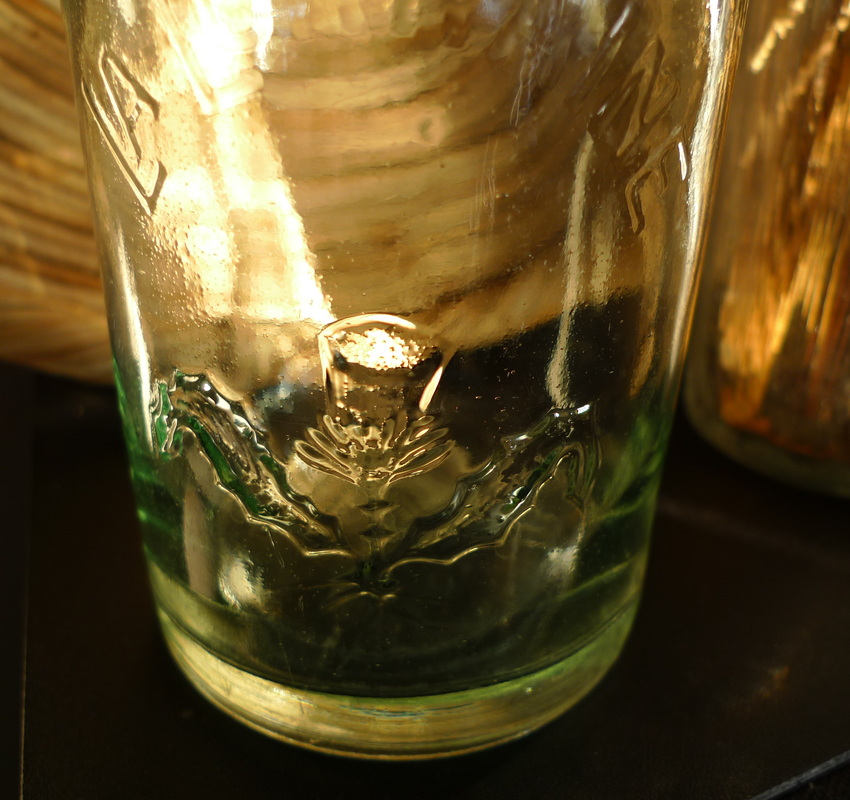
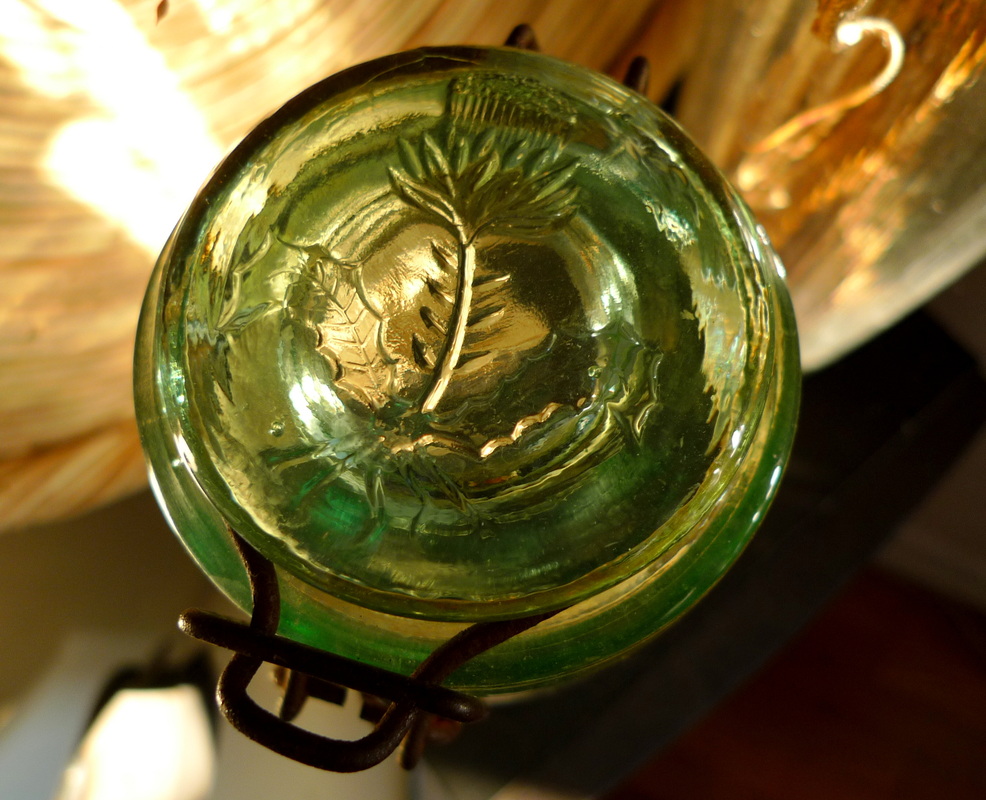

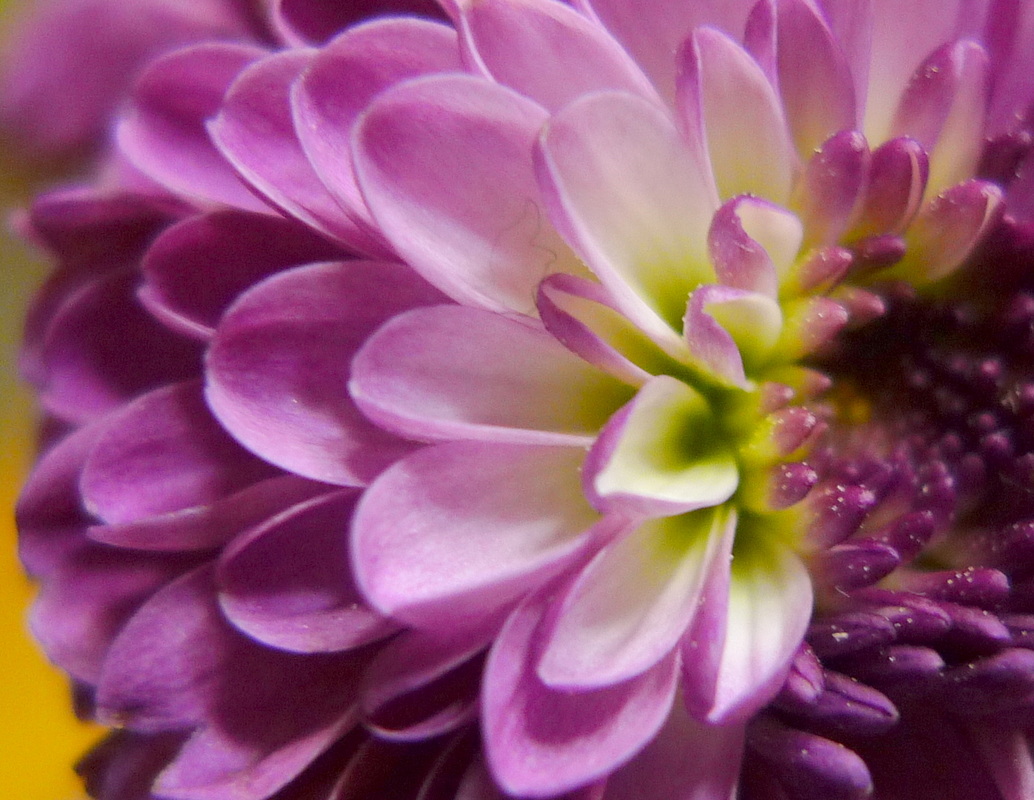
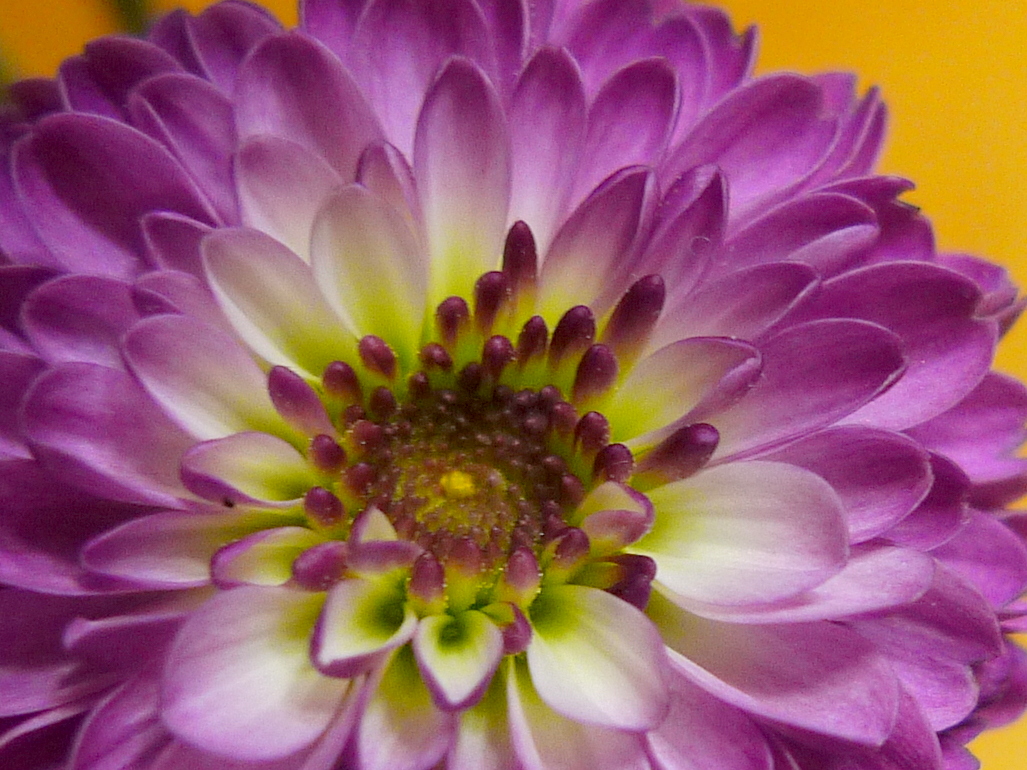

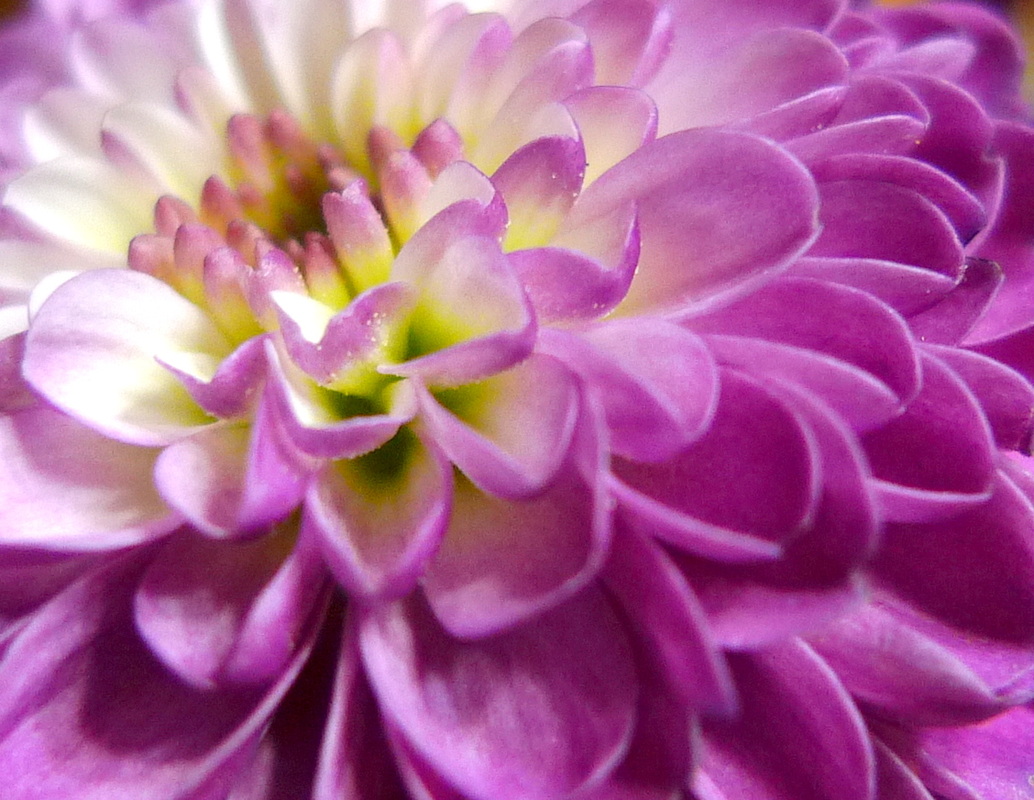
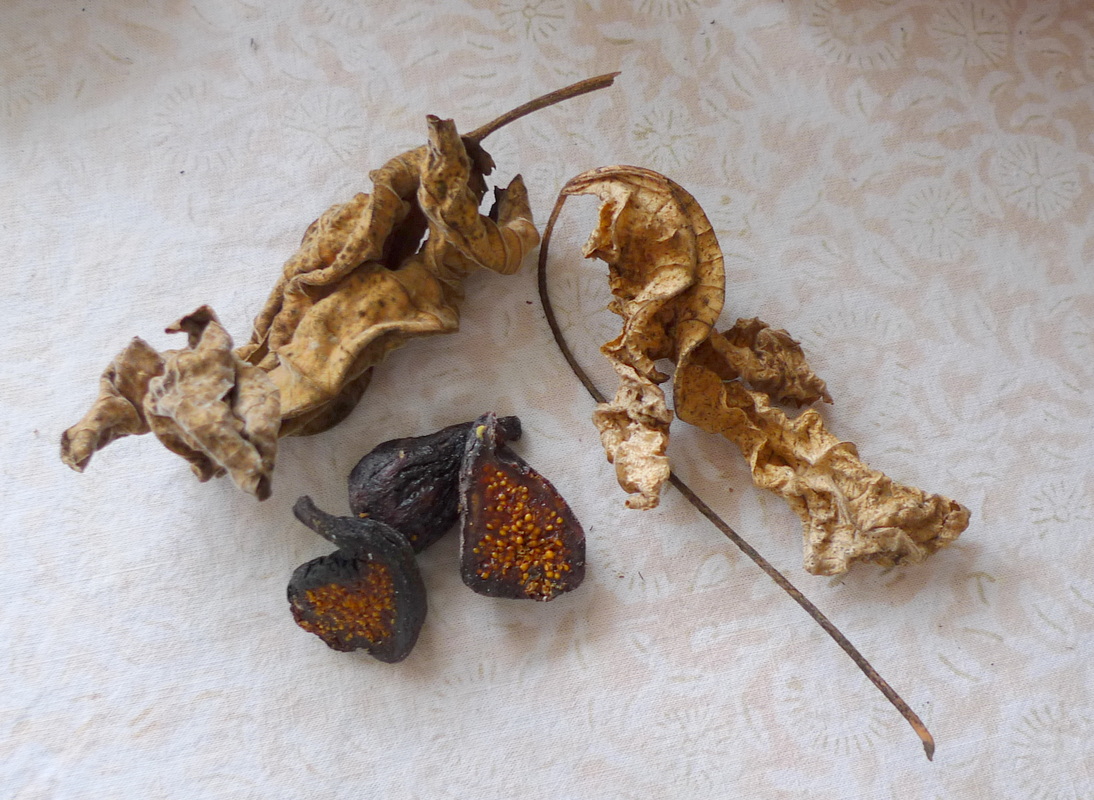
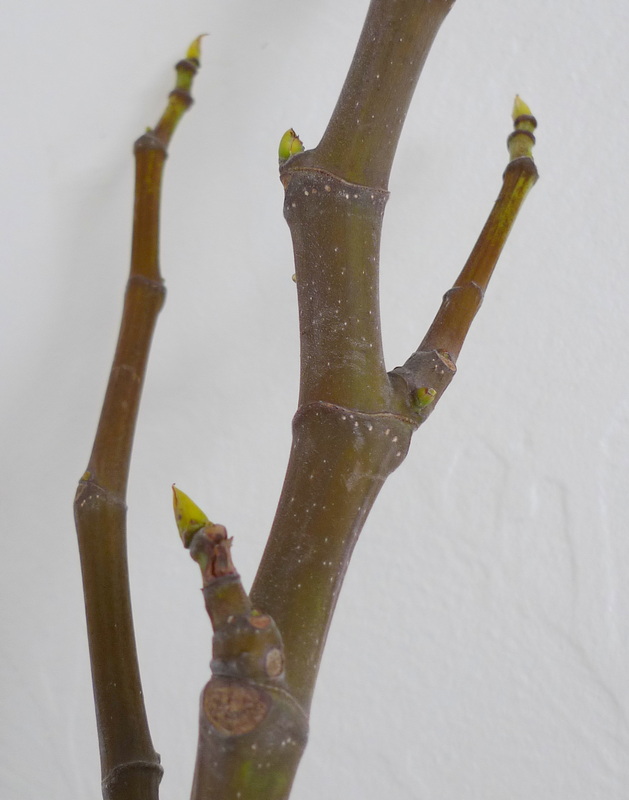
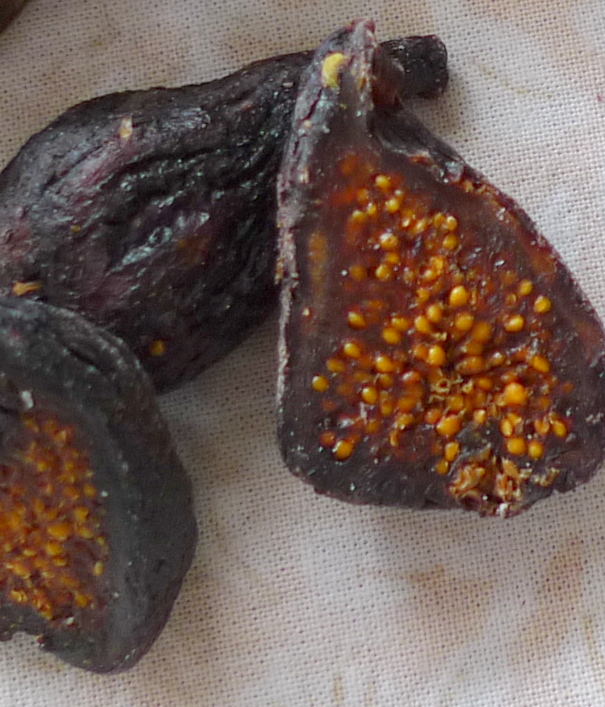
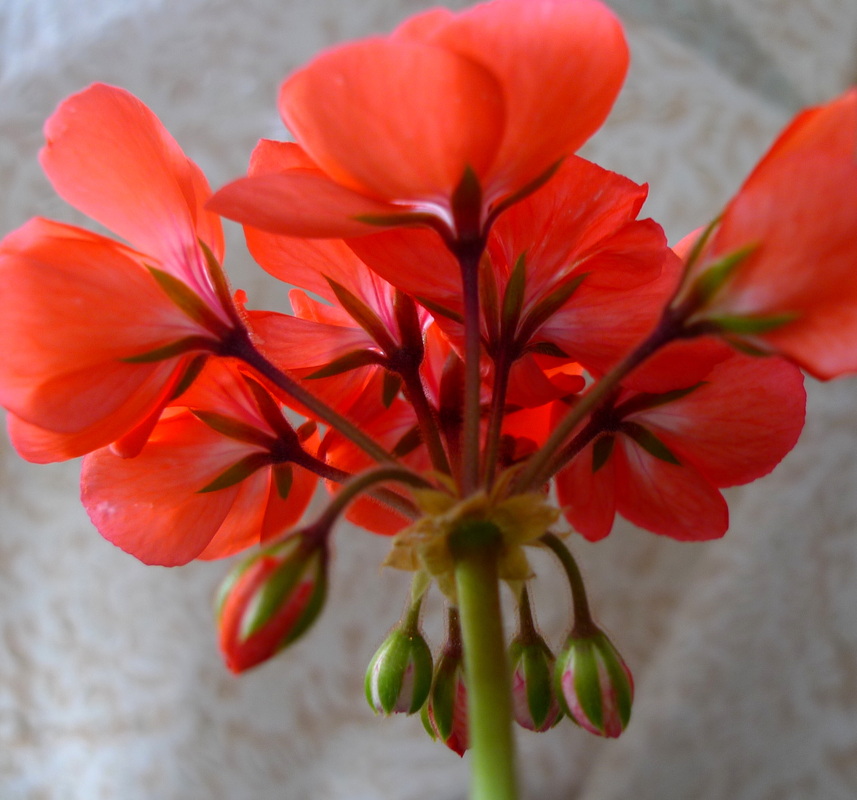
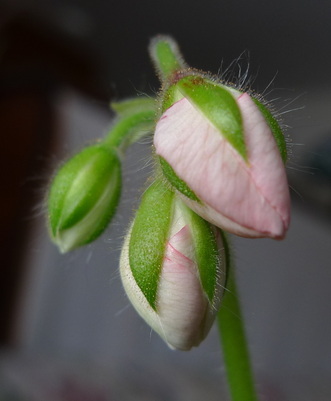
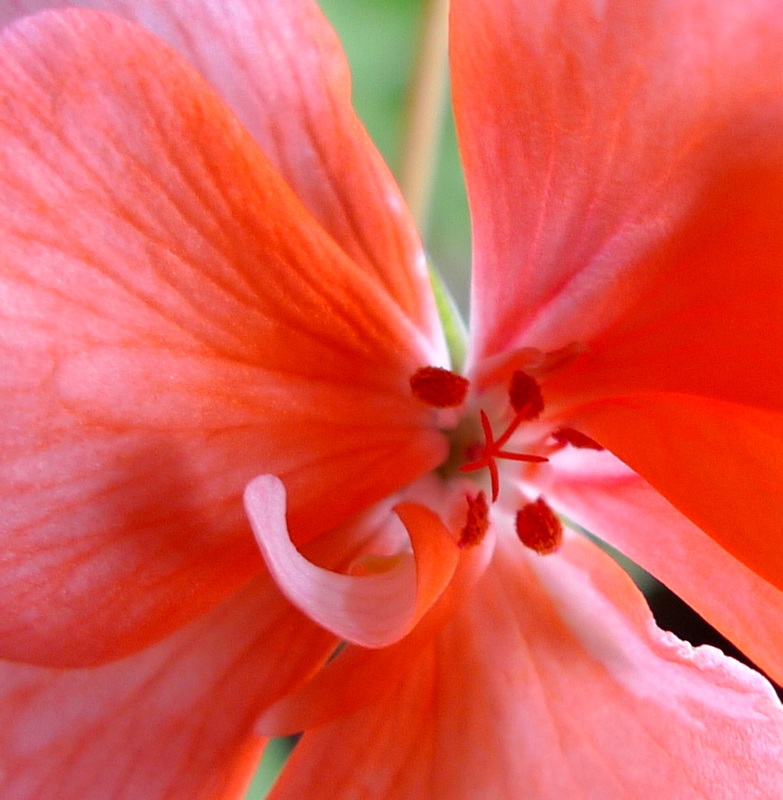
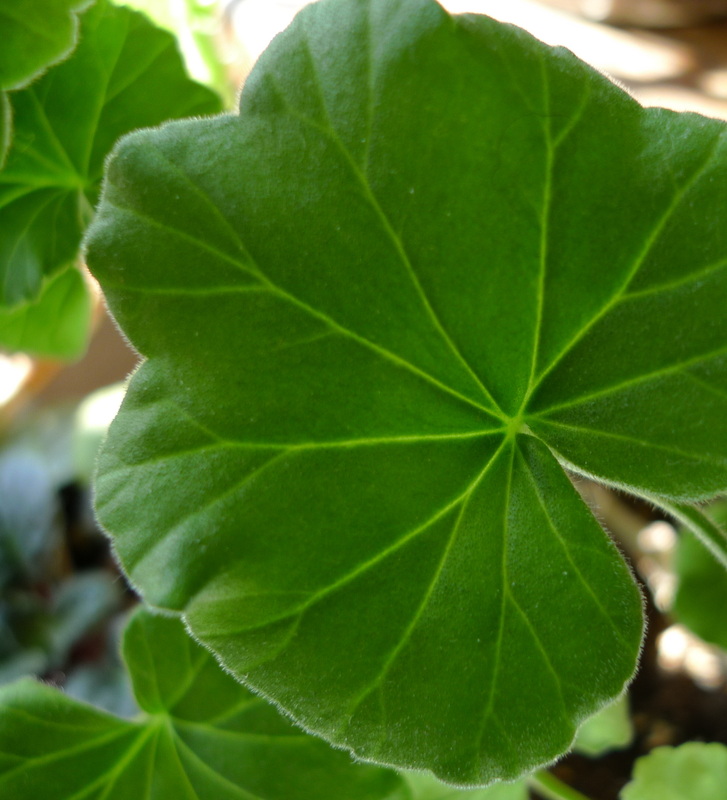
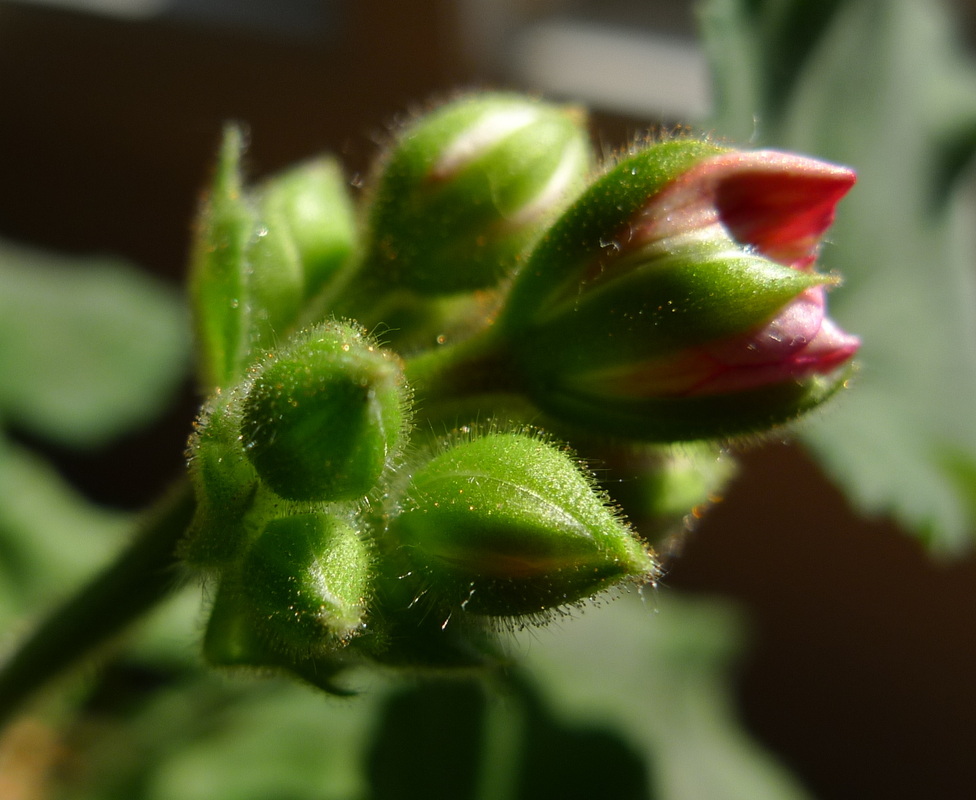
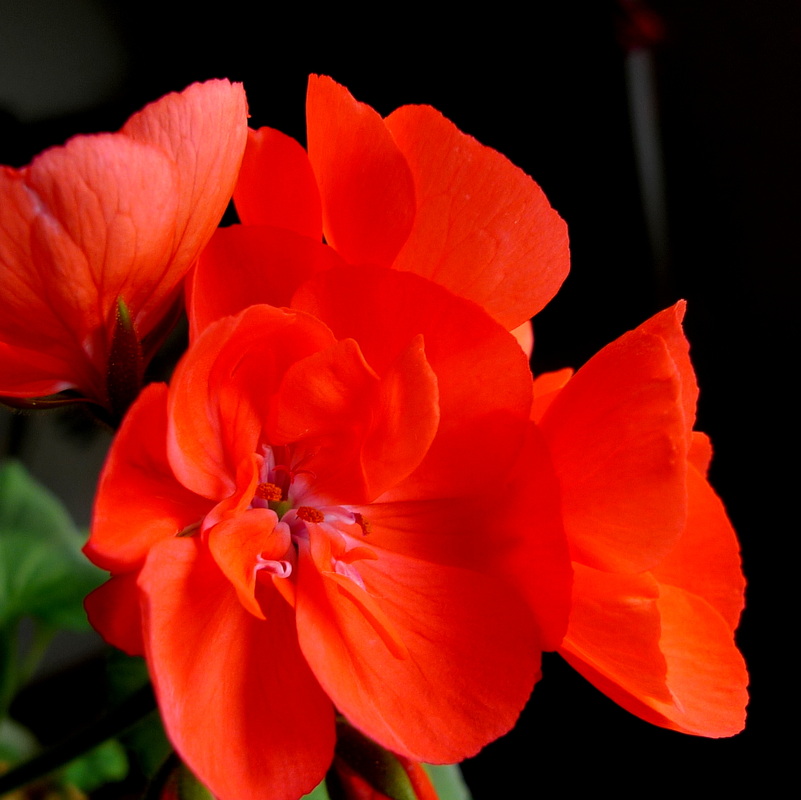
 RSS Feed
RSS Feed